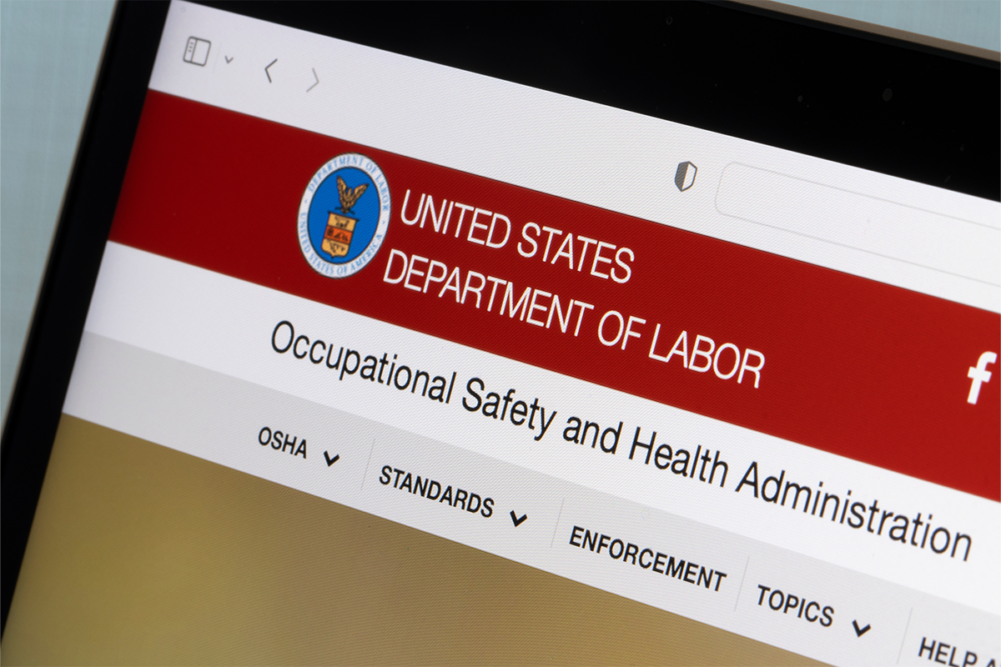WASHINGTON — The US Department of Labor’s (DOL) Occupational Safety and Health Administration (OSHA) announced expanded guidance on Oct. 16 for animal slaughtering and processing industry inspections.
The memorandum also updates and supersedes the OSHA’s previous inspection guidance specific to a new subset of the North American Industry Classification System (NAICS) 3116. The agency previously had inspection guidance from October 2015, which applied to poultry slaughtering and processing establishments (NAICS 311615).
OSHA pointed out that the goal of the update was to significantly reduce injuries and illnesses resulting from occupational hazards through a combination of enforcement, compliance, assistance and outreach.
The agency noted that according to employer-reported data, meat and poultry workers report serious injuries at double the rate of other workers. Data from the Bureau of Labor Statistics indicate occupational illness cases reported in the animal slaughtering and processing industry were six times higher than the average for all industries in 2022.
“At the same time, the rate of carpal tunnel syndrome in this industry was more than seven times the national average,” OSHA said in a statement. “These workers also face other serious hazards, such as exposure to high noise levels, dangerous equipment and machinery, slippery floors, hazardous chemicals and biological hazards associated with handling animals.”
OSHA listed programmed and unprogrammed inspections in NAICS 3116 that would be covered including:
- Ergonomics/Musculoskeletal Disorders
- Personal Protection Equipment (PPE)/Payment for PPE
- Lockout/Tagout – Electrical
- Machine Guarding
- Slips, Trips, and Falls
- Process Safety Management – Ammonia
- Chemical hazards – Ammonia, Chlorine, Hydrogen Peroxide, Peracetic Acid, Carbon Dioxide
- Occupational Noise
- Egress and blocked exits
- Sanitation and cleanup operations
The agency also pointed out that many meat and poultry industry workers have limited English proficiency. In recent years, DOL also found an increased number of children working at these plants, often on maintenance and cleaning shifts.
“All workers, regardless of their socioeconomic background or immigration status, have the right to safe and healthy workplaces,” OSHA said. “This new guidance better protects all workers by ensuring inspections are done during second and third shifts and include contractors and temporary workers, and that training is provided in languages workers understand.”
Full details on the updated OSHA guidance can be found here.


